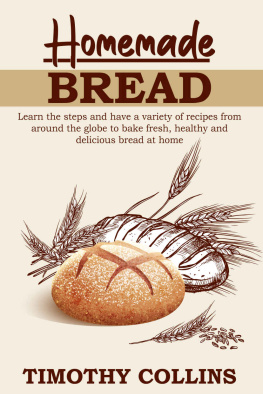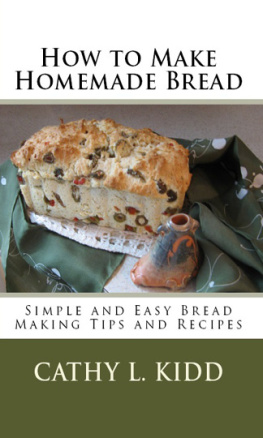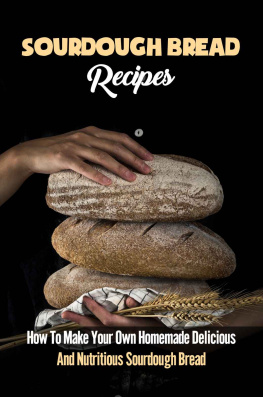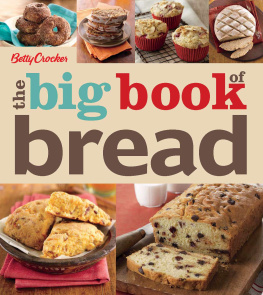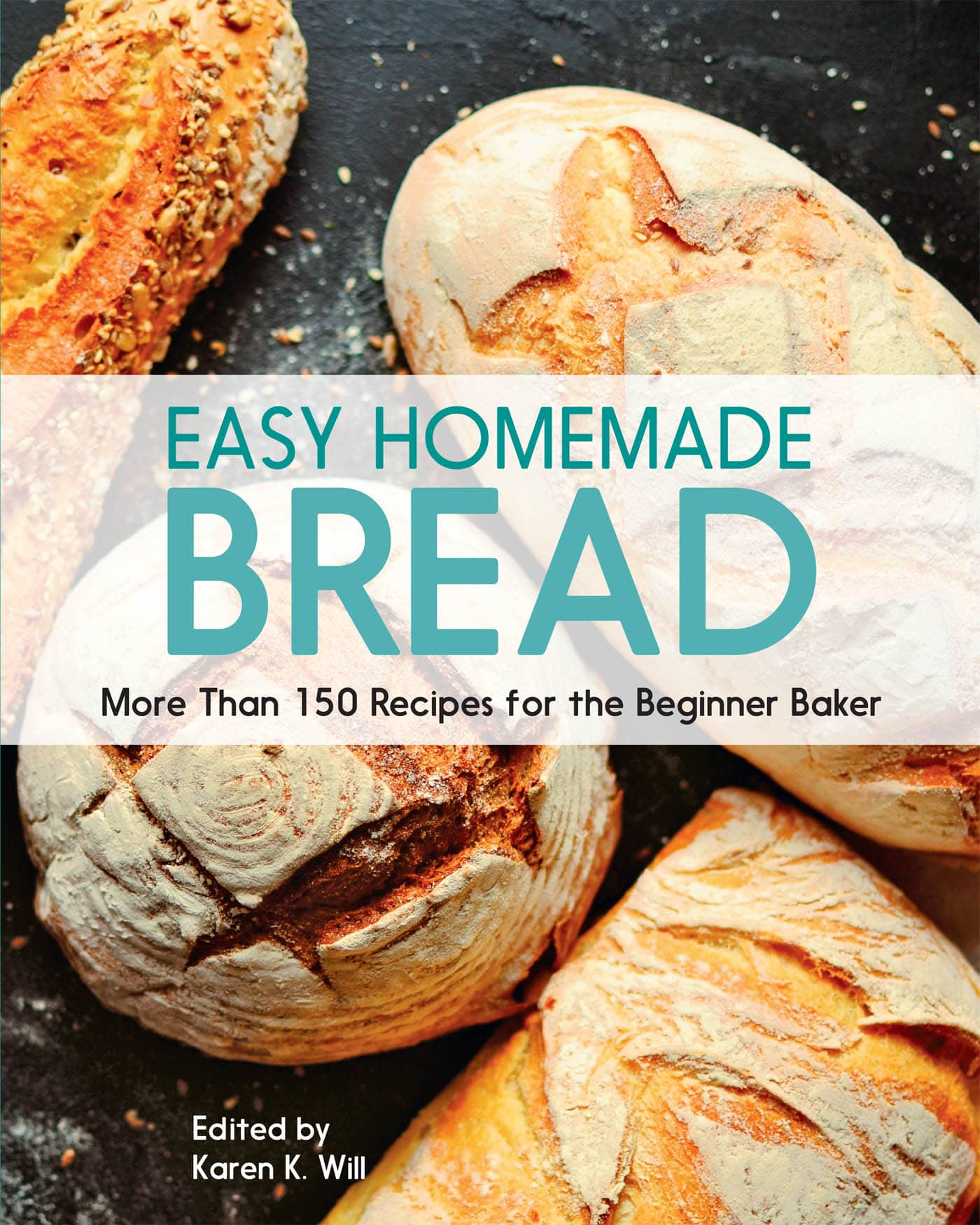Bleached vs. Unbleached
When youre shopping for flour, check the packaging. Flour that is labeled unbleached has not been chemically treated; it has simply bleached naturally as it has aged. Bleached flour, on the other hand, has been chemically treated. Unbleached flour is higher in protein than bleached flour and is best used for yeast breads, pastry, Yorkshire pudding, and popovers. Bleached is best used for quick breads, muffins, pie crusts, cookies, and pancakes.
Choose organic flours when possible to avoid pesticide residues and genetically modified ingredients.
THE BEST OILS AND FATS FOR BAKING
Many recipes for quick breads and muffins call for vegetable oil, and more often than not, large quantities (1 cup) of it! The evidence now points to the fact that vegetable oils (canola, safflower, corn, soybean, and generic vegetable) are extremely unhealthy to consume, so we have made efforts to revise our recipes to include healthier alternatives.
Here are a few of our favorite healthy oils and fats that are suitable for cooking and perform well in baked goods:
Virgin coconut oil: Its creamy and buttery with a distinct coconut flavor. An extremely healthy fat, coconut oil is derived from the meat of mature coconuts. Composed mostly of beneficial medium-chain fatty acids, coconut oil resists oxidation and rancidity. Its high in lauric acid, which helps to strengthen the immune system. Coconut oil is solid at temperatures below 70F. When chilled, it can be used as a substitute for shortening in baked goods. When melted, it can be substituted for any kind of oil called for in recipes.
Melted butter: There is nothing better for taste in baked goods than butter. Butter from grass-fed cows contains more beta-carotene, vitamin A, and conjugated linoleic acid (CLA, a good omega-6 fatty acid) than butter from grain-fed cows. A good substitution for vegetable oil in a recipe is half melted butter and half sour cream, e.g., 1 cup vegetable oil = use cup melted butter + cup sour cream.
Lard from pastured hogs: Lard is the original shortening, and there is nothing better for texture and mouthfeel in baked goods. Lard from pastured hogs is about 40 percent saturated fat, 48 percent monounsaturated, and 12 percent polyunsaturated, making it ideal for cooking. The amount of omega-6 and omega-3 fatty acids varies in lard according to what the pigs have eaten, making fat from pastured or grass-fed hogs the best choice. Lard is also a good source of vitamin D.
Peanut oil: Peanut oil tastes strongly of peanuts, so its best used when the flavor suits the recipe. It is about 46 percent monounsaturated and 17 percent saturated fat. Avoid hydrogenated oil.
Macadamia nut oil: Its buttery and nutty with a subtle macadamia taste. It has high amounts of oleic acid (a good fatty acid) and anti-inflammatory properties. Its quite expensive, so use it sparingly in recipes or mix with another oil listed here.
Sesame oil: It has a sweet and nutty taste but is not neutral in flavor. Its antioxidants (sesamin) are not destroyed by heat.
Buy organic oils and fats to avoid pesticide residues and genetically modified ingredients.
EQUIPMENT TIPS & TRICKS
Rolled breads can be made with very little specialty equipment. However, certain things can help turn out a superior product and even contribute to a happier, more pleasant baking experience.
Silicone mat: These large nonstick mats are just about perfect for rolling out biscuit or scone dough, pie crust, bread or pizza dough, and for shaping buns and rolls. Though you still have to flour the mat when rolling out dough, it is much less sticky than most surfaces and is easy to clean.
Rolling pins: Endless varieties of rolling pins exist, from silicone to marble and everything in between. Weve had good results with French-style (handle less) rolling pins (with nontapered ends) that dont infringe on the diameter of your dough circle.
Marble slabs: These hunks of marble designed especially for dough handling are great if you dont have marble or granite countertops. They keep the dough cold (perfect for biscuit and pie dough) and are somewhat nonstick though require the usual flouring.
Work quickly: With most rolled doughs, but especially with biscuits and scones, its best to work quickly and ABTalways be turning. Roll a few passes, gently lift and rotate the dough on the work surface, flouring again if needed until the dough is its correct thickness.
HOW TO KNEAD DOUGH
Delicious, yeasty bread is the result of gluten development. Kneading dough is one way to develop gluten that helps to uniformly distribute the gases produced by the yeast. The distribution of gases creates a porous and spongy loafthe ultimate goal with yeast bread.
Kneading bread is a hands-on undertaking, so dont forget to remove your jewelry and roll up your sleeves before you start.
Prepare a work surface. Clean the surface with warm, soapy water, rinse, and wipe dry with a towel. Sprinkle flour over your work surface and spread it around with your hands.
In a large bowl, combine the ingredients for your dough. Mix the ingredients well with a wooden spoon. If flour is still sticking to the sides of your mixing bowl, keep stirring until everything is combined. Once all the flour is mixed in and its difficult to move the utensil through the dough, its ready to be kneaded.
Turn the dough onto your prepared work surface. It should form a loose, sticky ball.
Gather the dough into a pile. Sprinkle a little flour over the top and roll it around on the floured board, forming it into a ball. Press down and reshape the dough ball a few times until it is no longer sticky. If the dough doesnt seem to be losing its stickiness, sprinkle more flour over the top and onto the work surface, and work it into the dough.
Press the heel of your hand into the dough, pushing forward slightly; this motion is called punching the dough and helps the gluten start working. Continue doing this until the dough is slightly springy.


